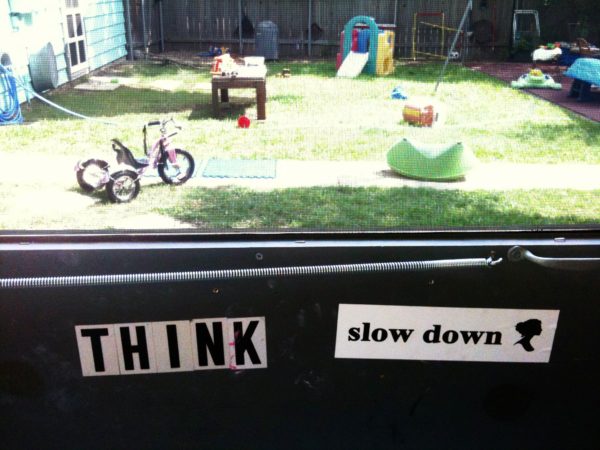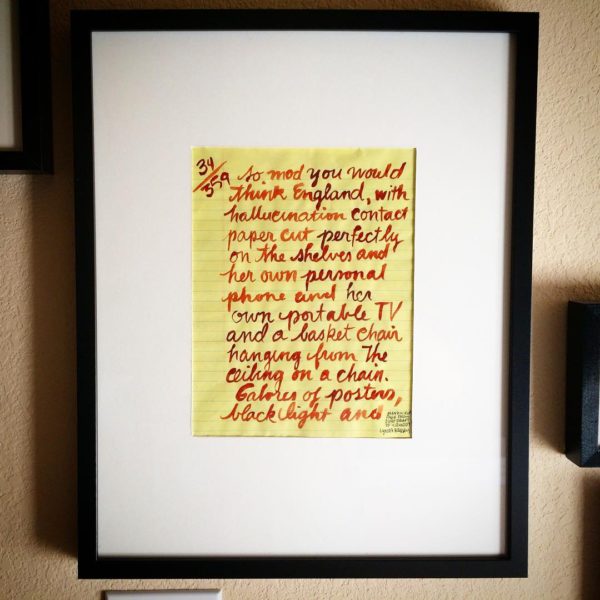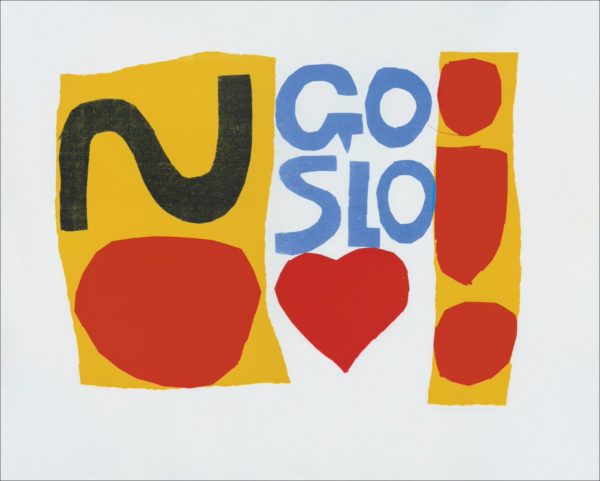
Corita Kent liked to quote a Balinese saying: “We have no art. We do everything as well as we can.” (I would guess that she read it in Marshall McLuhan’s Understanding Media.) She liked it so much she made it the slogan of the art department of Immaculate Heart College, where she taught for over 20 years. She explained: “You don’t have art off in a little niche someplace. You have no distinction between what is art and what is not art. You do everything as well as you can.”



